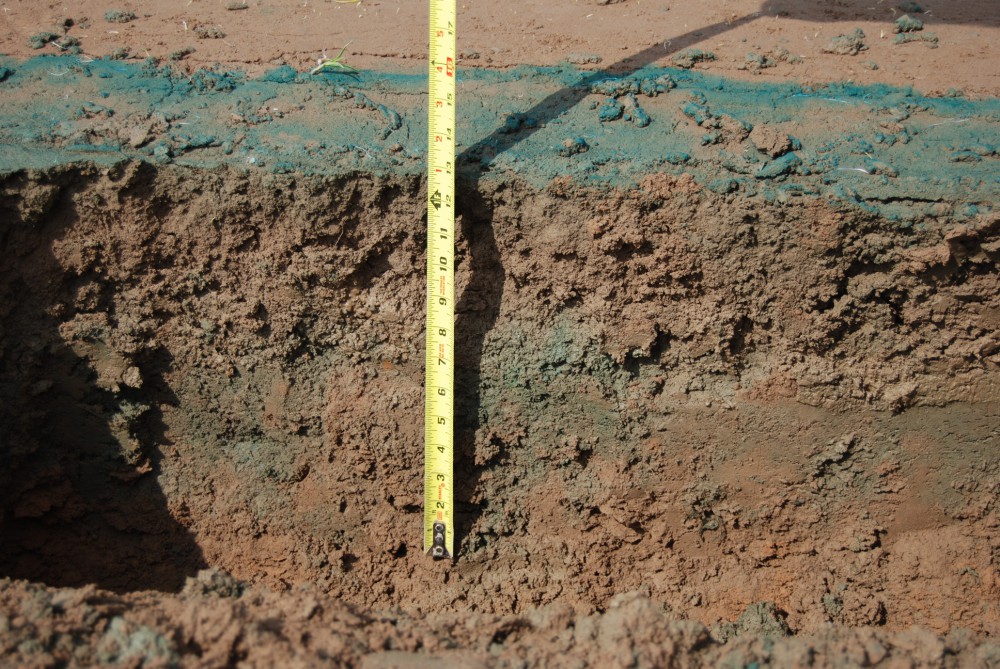
Summer is rapidly approaching and irrigation demands by vegetable crops will be greatly increasing. Many areas of the Panhandle are blessed with well-drained soils, which are great during wet periods, but can be challenging to manage the water and nutrients provided to crops. Lighter or sandier soils have lower water holding capacity than soils with increased clay content or organic matter. This means that less water can be applied in a single irrigation event to keep the water in the crop root zone. When soluble fertilizer is applied or dry fertilizer dissolves, it moves through the soil profile with irrigation water or precipitation. Over irrigation or excess rainfall can leach this fertilizer below the crop roots and lead to nutrient deficiencies. When water and nutrients are pushed below the crop roots, not only is it a waste of resources, but can result in nutrient loading in offsite ecosystems. Two nutrients that are usually needed in large quantities by vegetable crops are nitrogen and potassium; both of these are easily leached in sandy soils. This is why there is tremendous emphasis on splitting applications of nitrogen and potassium to prevent leaching and deficiencies. The roots of most vegetable crops are within the top 10-12 inches of the soil profile, so it’s important to keep irrigation water and nutrients in the root zone.
Generally most summer season vegetable crops will need about an inch of irrigation or rainfall per week, when they begin filling or expanding fruit. For producers growing crops on 6 ft row centers, utilizing drip tubing with flow rates of 0.5 gallons per 100 ft per minute (0.5 gal/100’/min) will require about 12 hours of irrigation per week. While it would be easy to apply this in two or three irrigation events per week, this would not be appropriate in most Panhandle soils. The maximum recommended irrigation period for fine to coarse sandy soils is 30 minutes with a 0.5 gal/100’/min drip tape to maintain water in crop root zone. Maximum irrigation periods are based on soil water holding capacity, so it is important that you know this about your soil type. The best practice for irrigation management is to apply small amounts of water frequently versus large amounts of water sporadically. In some situations even though the correct volume of irrigation is applied per week in several large cycles, drought stress can result in the period between these infrequent cycles.
The images above and below illustrate water movement in plasticulture beds which can be visualized by blue dye injected into the irrigation stream. Figure 1 shows appropriate irrigation cycle length in a sandy loam soil resulting in water no deeper than 9 inches in the soil profile. Figure 2 shows excessive irrigation cycle length resulting in watering to a depth of 13 inches.
Irrigation management is far too complicated to be discussed in detail here. There are multiple resources available to help producers online as well as through your local Extension office. The following are links to educational resources on vegetable irrigation:
-
Vegetable Production Handbook for Florida (187 pages)
-
2014 SE Vegetable Crop Handbook (283 pages)
Fig 2. Excessive irrigation cycle length with drip tubing in a plasticulture bed.
 0
0

